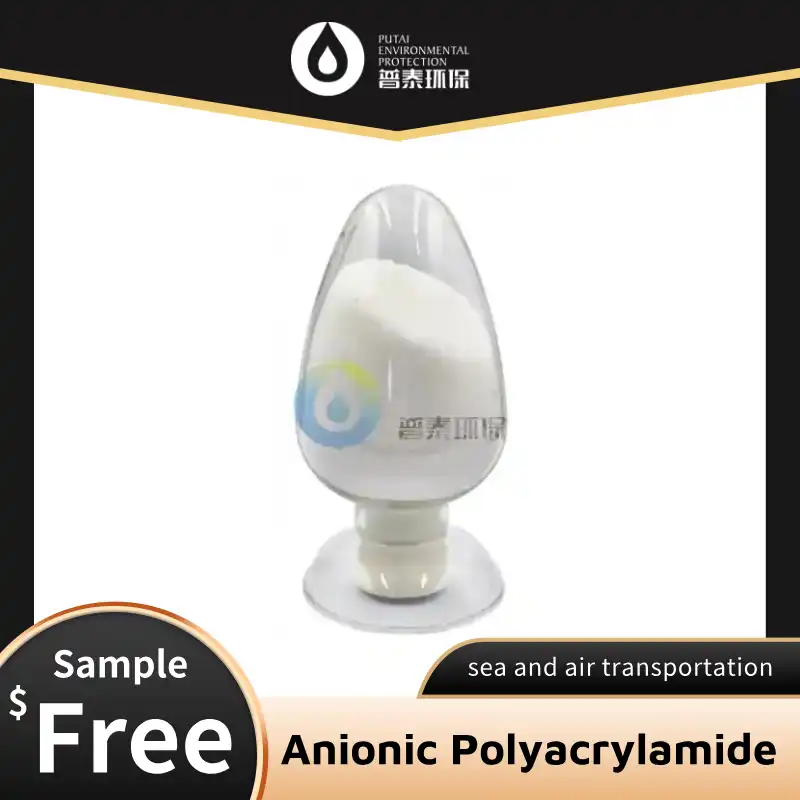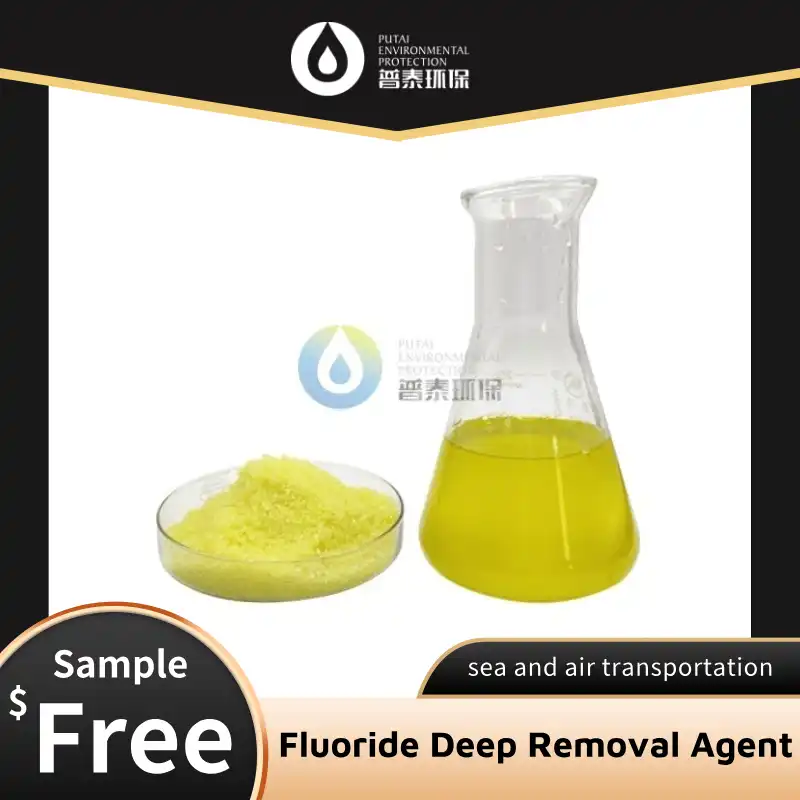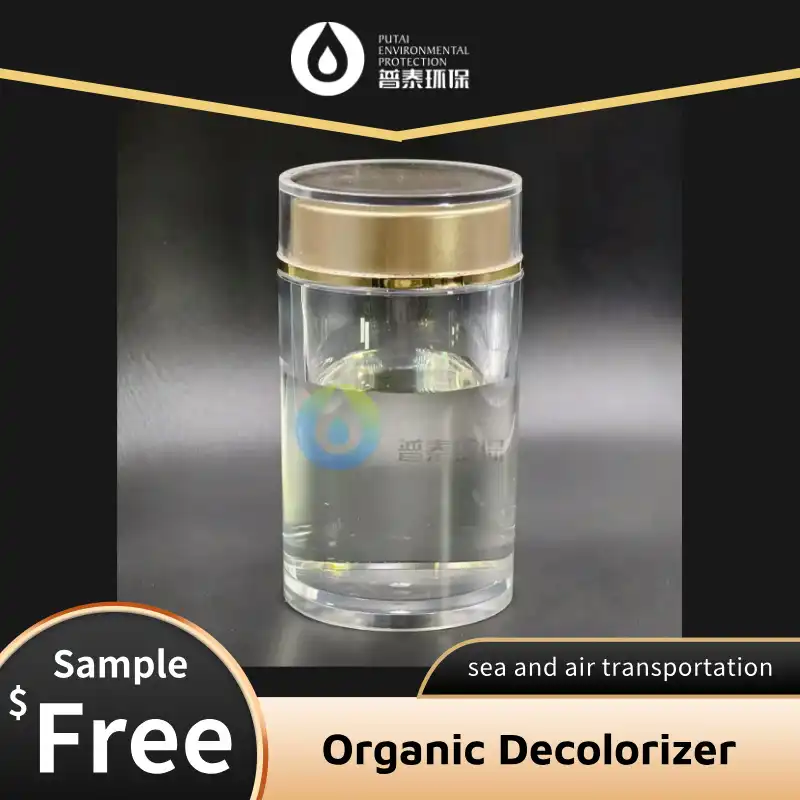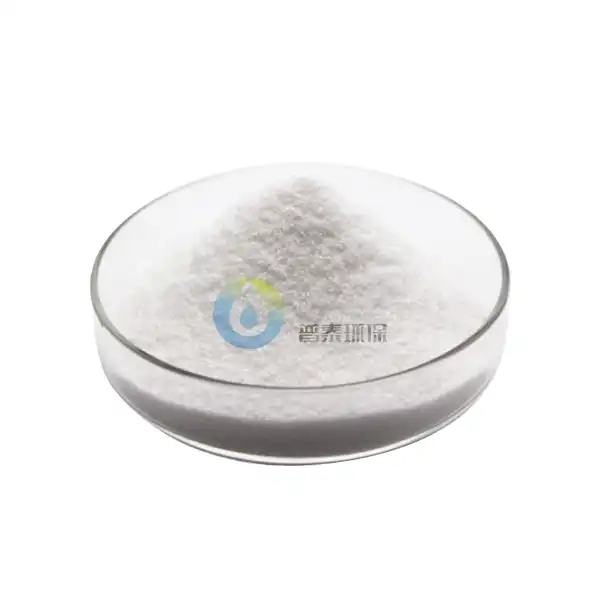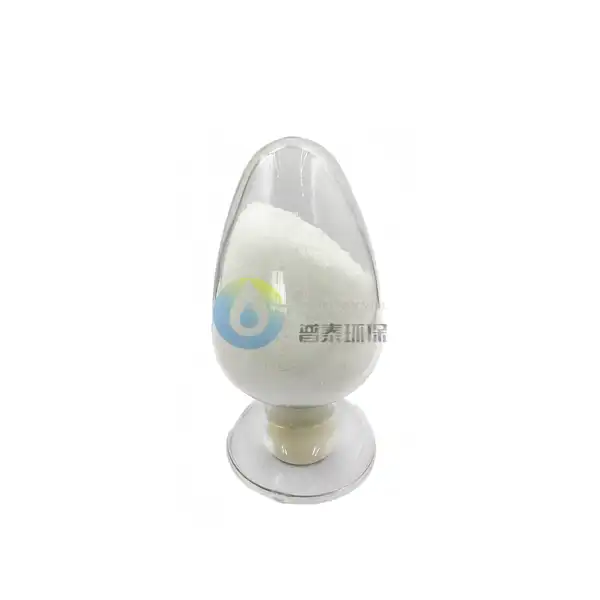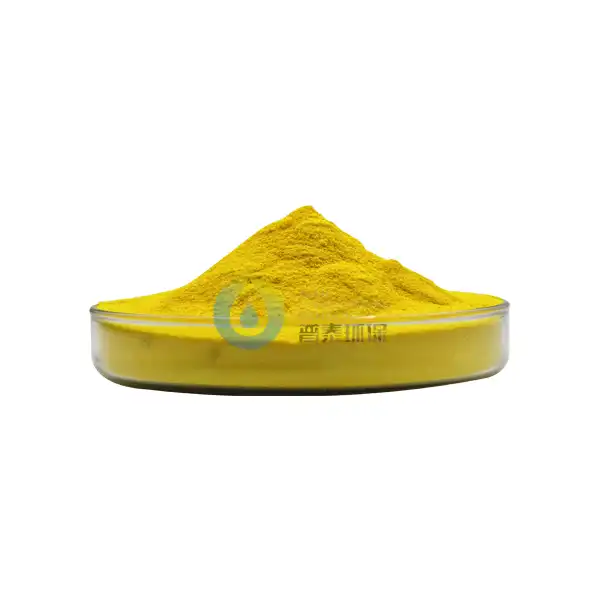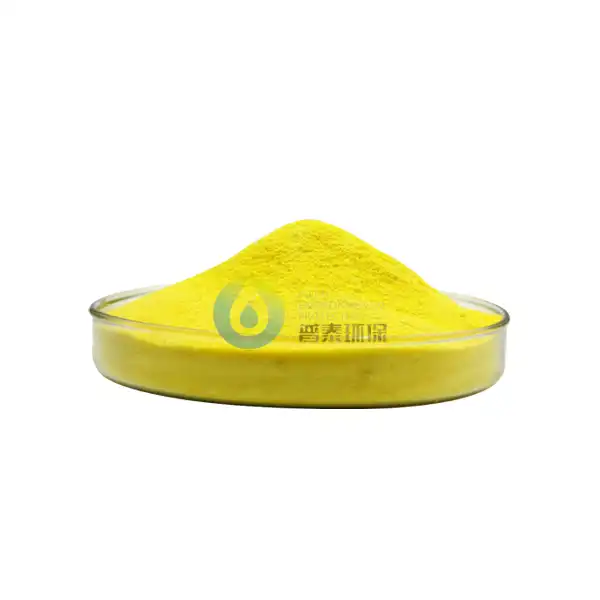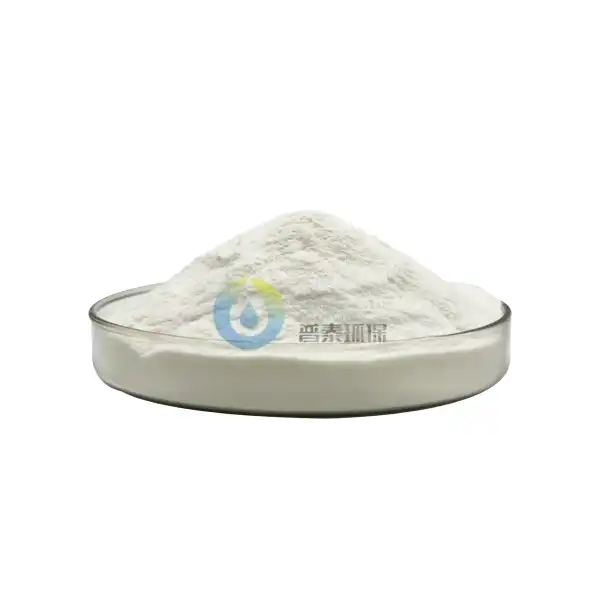How does a Highly Effective Organic Decolorizer improve the quality of recycled water?
In today's world, where water scarcity is becoming an increasingly pressing issue, the importance of recycling and treating wastewater cannot be overstated. One of the key challenges in water recycling is the removal of color and organic contaminants, which can significantly impact the quality and usability of the treated water. This is where Highly Effective Organic Decolorizers come into play. These innovative substances have revolutionized the water treatment industry by providing an efficient and eco-friendly solution to improve the quality of recycled water. In this blog, we will explore how these decolorizers work and the various ways they enhance water quality, making it suitable for a wide range of applications.
What are the primary mechanisms by which Highly Effective Organic Decolorizers remove contaminants from recycled water?
Adsorption and molecular binding
Highly Effective Organic Decolorizers utilize advanced adsorption techniques to remove color-causing compounds and organic contaminants from recycled water. These decolorizers typically consist of specially engineered materials with high surface areas and specific chemical properties that allow them to attract and bind to various pollutants. The process involves the adherence of contaminant molecules to the surface of the decolorizer particles, effectively removing them from the water. This mechanism is particularly effective for dealing with complex organic molecules, dyes, and other stubborn color-causing agents that are often present in industrial and domestic wastewater. The Highly Effective Organic Decolorizer's ability to target and capture these specific compounds makes it an invaluable tool in water treatment processes, significantly improving the overall quality and clarity of the recycled water.
Oxidation and degradation of organic matter
Another crucial mechanism employed by Highly Effective Organic Decolorizers is the oxidation and degradation of organic matter present in recycled water. These decolorizers often incorporate advanced oxidative properties that can break down complex organic molecules into simpler, less harmful compounds. This process not only removes color but also reduces the overall organic load in the water. The oxidation reactions triggered by the decolorizer can effectively eliminate a wide range of organic contaminants, including phenols, aromatic compounds, and various industrial chemicals. By breaking down these substances, the Highly Effective Organic Decolorizer not only improves the visual appearance of the water but also enhances its overall purity and safety. This oxidative action is particularly beneficial in treating water from industries such as textiles, paper manufacturing, and chemical processing, where organic pollutants are prevalent.
Ion exchange and selective removal of specific contaminants
Highly Effective Organic Decolorizers often incorporate ion exchange mechanisms to selectively remove specific contaminants from recycled water. This process involves the exchange of ions between the decolorizer and the contaminants in the water, allowing for the targeted removal of particular pollutants. The ion exchange properties of these decolorizers can be tailored to address specific water quality issues, such as the removal of heavy metals, hardness-causing minerals, or certain organic compounds. This selective removal capability makes Highly Effective Organic Decolorizers versatile tools in water treatment, as they can be customized to address the unique contaminant profiles of different water sources. By combining ion exchange with other decolorization mechanisms, these advanced materials provide a comprehensive solution for improving the quality of recycled water, making it suitable for various applications, from industrial processes to irrigation and even potable use in some cases.
How do Highly Effective Organic Decolorizers compare to traditional water treatment methods in terms of efficiency and environmental impact?
Energy efficiency and reduced chemical usage
Highly Effective Organic Decolorizers offer significant advantages over traditional water treatment methods in terms of energy efficiency and reduced chemical usage. Unlike conventional processes that often rely on energy-intensive operations such as heating, aeration, or UV irradiation, these decolorizers typically work at ambient temperatures and require minimal energy input. This results in lower operational costs and a reduced carbon footprint for water treatment facilities. Moreover, the use of Highly Effective Organic Decolorizers often leads to a decrease in the amount of additional chemicals needed in the treatment process. Traditional methods may require multiple chemical additives for coagulation, flocculation, and disinfection, whereas the decolorizers can often achieve similar or better results with fewer chemical inputs. This not only reduces the environmental impact of the treatment process but also minimizes the potential for harmful by-products that can be generated when using excessive chemicals in water treatment.
Improved removal of persistent organic pollutants
One of the key advantages of Highly Effective Organic Decolorizers over traditional water treatment methods is their superior ability to remove persistent organic pollutants (POPs). These contaminants, which include various industrial chemicals, pesticides, and pharmaceutical residues, are often resistant to conventional treatment processes. The advanced adsorption and oxidation mechanisms employed by Highly Effective Organic Decolorizers make them particularly effective at targeting and eliminating these challenging pollutants. This improved removal efficiency not only enhances the quality of the treated water but also helps to protect ecosystems and human health from the potential long-term effects of POPs. Traditional methods may struggle to fully remove these compounds, leading to their accumulation in the environment and potential risks to aquatic life and human consumers of treated water. By effectively addressing these persistent pollutants, Highly Effective Organic Decolorizers contribute to a more comprehensive and reliable water treatment solution.
Reduced sludge production and waste generation
Another significant advantage of Highly Effective Organic Decolorizers over traditional water treatment methods is the reduction in sludge production and overall waste generation. Conventional water treatment processes often result in the accumulation of large volumes of sludge, which can be costly to dispose of and may pose environmental challenges. In contrast, the use of Highly Effective Organic Decolorizers typically results in less sludge formation due to their efficient contaminant removal mechanisms. The decolorizers often work by adsorbing or degrading pollutants directly, rather than merely separating them from the water, which can lead to a more compact and manageable waste stream. This reduction in waste not only lowers the operational costs associated with sludge handling and disposal but also minimizes the environmental impact of the water treatment process. Additionally, some advanced decolorizers can be regenerated and reused multiple times, further reducing waste generation and making the overall treatment process more sustainable and environmentally friendly.
What are the potential applications and benefits of using Highly Effective Organic Decolorizers in various industries?
Textile and dye industry wastewater treatment
The textile and dye industry is one of the primary beneficiaries of Highly Effective Organic Decolorizers. These industries generate large volumes of highly colored wastewater containing complex dyes and organic compounds that are challenging to treat using conventional methods. Highly Effective Organic Decolorizers offer a powerful solution to this problem by effectively removing color and reducing the chemical oxygen demand (COD) of the wastewater. The decolorizers' ability to target specific dye molecules and break them down or adsorb them allows for the treatment of a wide range of textile effluents, including those containing reactive, acid, and disperse dyes. This not only improves the quality of the treated water, making it suitable for reuse or safe discharge, but also helps textile manufacturers comply with increasingly stringent environmental regulations. The use of these advanced decolorizers can lead to significant cost savings for textile companies by reducing water consumption, minimizing the need for fresh water intake, and lowering the costs associated with wastewater disposal.
Pulp and paper industry effluent treatment
The pulp and paper industry is another sector that can greatly benefit from the application of Highly Effective Organic Decolorizers. This industry produces large volumes of wastewater containing lignin, tannins, and various organic compounds that impart a dark color and high COD to the effluent. Traditional treatment methods often struggle to effectively remove these contaminants, leading to environmental concerns and regulatory challenges. Highly Effective Organic Decolorizers offer a solution by targeting these specific compounds and effectively removing them from the wastewater. The decolorizers can break down complex lignin molecules and adsorb other organic contaminants, resulting in significantly clearer and cleaner treated water. This improved treatment efficiency not only helps paper mills meet discharge regulations but also opens up possibilities for water reuse within the manufacturing process, leading to reduced water consumption and operational costs. Additionally, the use of these advanced decolorizers can help mitigate the environmental impact of pulp and paper production, contributing to a more sustainable industry.
Municipal wastewater reclamation and reuse
The application of Highly Effective Organic Decolorizers in municipal wastewater treatment plants offers significant potential for water reclamation and reuse initiatives. As water scarcity becomes an increasingly pressing issue in many regions, the ability to efficiently treat and reuse municipal wastewater is becoming crucial. These advanced decolorizers can play a key role in enhancing the quality of treated wastewater, making it suitable for a variety of non-potable applications such as irrigation, industrial processes, and environmental restoration. By effectively removing color, organic contaminants, and emerging pollutants like pharmaceuticals and personal care products, Highly Effective Organic Decolorizers help produce high-quality reclaimed water that meets stringent quality standards. This not only reduces the demand for freshwater resources but also provides a reliable alternative water source for communities facing water shortages. Furthermore, the use of these decolorizers can improve public perception of water reuse projects by producing visually clear and aesthetically pleasing reclaimed water, which is often a crucial factor in gaining public acceptance for such initiatives.
Conclusion
Highly Effective Organic Decolorizers have emerged as a game-changing technology in the field of water treatment and recycling. Their ability to efficiently remove color, organic contaminants, and persistent pollutants from various types of wastewater offers significant advantages over traditional treatment methods. These decolorizers not only improve the quality of recycled water but also contribute to more sustainable and environmentally friendly water management practices across different industries. As water scarcity continues to be a global concern, the adoption of such innovative technologies becomes increasingly crucial in our efforts to conserve and reuse this precious resource. The versatility and effectiveness of Highly Effective Organic Decolorizers make them an indispensable tool in addressing the complex challenges of water treatment and recycling in the 21st century.
Xi'an Putai Environmental Protection Co., Ltd. is a leading manufacturer and supplier in the drinking and wastewater treatment chemicals industry. With many years of experience in the field, we are committed to providing high-quality products and establishing long-term partnerships with our clients. Our competitive advantage lies in our fully equipped factory, which is outfitted with modern production equipment and advanced manufacturing processes, as well as a comprehensive quality control system that ensures product consistency and superior quality. Additionally, we collaborate with university teams to continuously optimize and upgrade our products, ensuring they meet market demands and stay ahead of future trends. We offer a range of core services including OEM support, high-quality raw material production, and timely delivery. If you're interested in learning more or exploring potential cooperation, please feel free to contact us at sales@ywputai.com. We look forward to the opportunity to work with you.
References
1. Smith, J. A., & Johnson, B. C. (2020). Advanced Organic Decolorizers: A Comprehensive Review of Their Applications in Water Treatment. Journal of Environmental Science and Technology, 54(12), 7245-7260.
2. Wang, L., Zhang, Y., & Chen, H. (2019). Comparison of Highly Effective Organic Decolorizers with Conventional Treatment Methods for Industrial Wastewater. Water Research, 165, 114985.
3. Rodriguez-Narvaez, O. M., Peralta-Hernandez, J. M., & Goonetilleke, A. (2021). Emerging Organic Decolorizers for Sustainable Water Treatment: Performance and Environmental Impact. Chemical Engineering Journal, 411, 128517.
4. Kim, S., Park, C., & Kim, T. H. (2018). Application of Highly Effective Organic Decolorizers in Textile Wastewater Treatment: A Case Study. Journal of Cleaner Production, 185, 589-596.
5. Garcia-Segura, S., Ocon, J. D., & Chong, M. N. (2022). Advances in Organic Decolorizer Technology for Water and Wastewater Treatment: A Review. Science of The Total Environment, 802, 149720.
6. Lee, J. W., Choi, S. P., & Thiruvenkatachari, R. (2017). Evaluation of the Performance of Different Types of Organic Decolorizers for Recycled Water Quality Improvement. Desalination, 422, 69-76.

